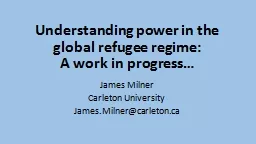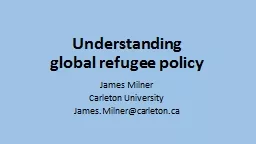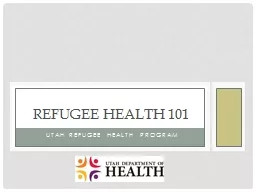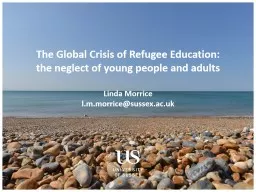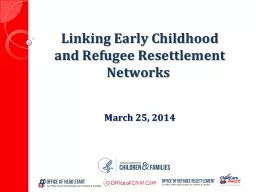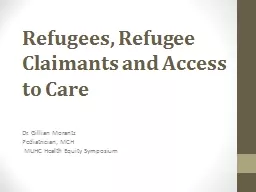PPT-Refugee Issues for Educators
Author : alida-meadow | Published Date : 2018-03-16
Lana Radosavljevic MA RCO Board Member Jessica Marks MPA RCO Director Mission The RCO uses technology to facilitate successful resettlement transitions by strengthening
Presentation Embed Code
Download Presentation
Download Presentation The PPT/PDF document "Refugee Issues for Educators" is the property of its rightful owner. Permission is granted to download and print the materials on this website for personal, non-commercial use only, and to display it on your personal computer provided you do not modify the materials and that you retain all copyright notices contained in the materials. By downloading content from our website, you accept the terms of this agreement.
Refugee Issues for Educators: Transcript
Download Rules Of Document
"Refugee Issues for Educators"The content belongs to its owner. You may download and print it for personal use, without modification, and keep all copyright notices. By downloading, you agree to these terms.
Related Documents


